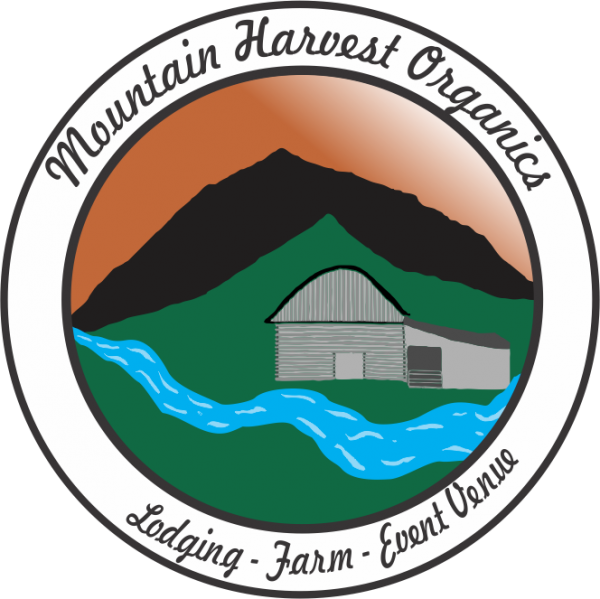Vacation Cabin Rental, WP Migration
We’re enjoying a change in our farming jobs
We spent a couple days the last week in December, while we had a dusting of snow and it being a bit too frozen for outdoor jobs, working up the soil in a portion of our propagation greenhouse for salad mix. We seeded the lettuce for our salad mix October 24th, but because of short day length this time of the year, the lettuce starts were perfect for transplanting even though they were 3 weeks older than those we normally transplant. From March until October, which is pour peak growing season, we prefer to transplant our lettuce starts at 5 weeks of age. We also direct seeded arugula and mustard greens which is just starting to germinate so perhaps in another month we will be enjoying tasty salad mix with our meals. We’ve never transplanted or seeded anything into our greenhouse this time in the season so it is just another interesting experiment for us!


Nearly a month ago Alvin stopped by inquiring if we were ready for him to begin grading the site for the farm vacation cabin because conditions were ideal with our weather here in these mountains being extraordinary dry and warm. Thank goodness Alvin is trying to move along the cabin project. Perhaps if we had appointed him our project manager we might almost be done building the cabin! We kindly asked him if we could wait a few weeks because we still had trees to clear from the cabin site. To speed up the project, we could have let Alvin simply push the trees down with his bulldozer and pile them into a brush pile for burning, but it seems silly to us not to use perfectly good wood for heating our home and greenhouses. So we spent the first week in January felling trees and cutting them into firewood, stacking branches and limbs onto a brush pile, and are pleased that the site is now ready to be graded once Alvin has time and the weather permits. We’ve enjoyed our time up in the forest rather than down in the fields. One of the many perks in being a highly diversified farm is that we get to switch gears to completely different projects. Not to mention, we are enjoying a little slower pace of work, which we treasure because our “off” season is short.



Greg – you are going to be so proud of us – we spent a couple days this week doing the dreaded job of edging – and we edged all the boards from the pile that was left after you helped us saw wood this past summer. For you readers, you must understand that Greg hated leaving without edging the boards because he is one that takes pride in finishing jobs that he begins. I think he knew that it would be quite a while before we found the time to once again prioritize sawing lumber.
Edging is when the outer layer of the logs, the portion of the tree that gets sawn before you are in the heart of the tree, are sawn into 1 x’s and occasionally 2 x’s. The outer lumber will have “live” edges which is the bark from the tree that needs to be trimmed off so that the board is 4 sided and of dimensional sizes. The reason it is a “dreaded” job is because it is tedious and time consuming for the yield of board feet.
In preparation for edging, we first organized the wood into stacks by the size we expect to get. We have the following sizes:
- A stack with live edges on 2 sides that we plan to saw into 1×8’s
- A stack with live edges on 2 sides that we plan to saw into 1×6’s
- A stack with live edges on 2 sides that we plan to saw into 1×4’s
- A stack with 1 straight edge and 1 live edge that we plan to saw into 1×8’s
- A stack with 1 straight edge and 1 live edge that we plan to saw into 1×6’s
- A stack with 1 straight edge and 1 live edge that we plan to saw into 1x’4s
Once our wood is organized, we can then put a few boards on the mill at a time, finding like sizes and edges. We cut the edge off one side, then flip the boards, and cut the edge off the opposite side. We still flipped the boards with one straight edge and did a final truing cut. Once the boards are cut the wood is stacked and stickered for drying. I must say, this week we have had a blast spending our time in the woods and another portion of our time running the sawmill. It is a nice break from seeding, weeding and harvesting; however, I expect in another month we will begin experiencing withdrawals from these jobs!




